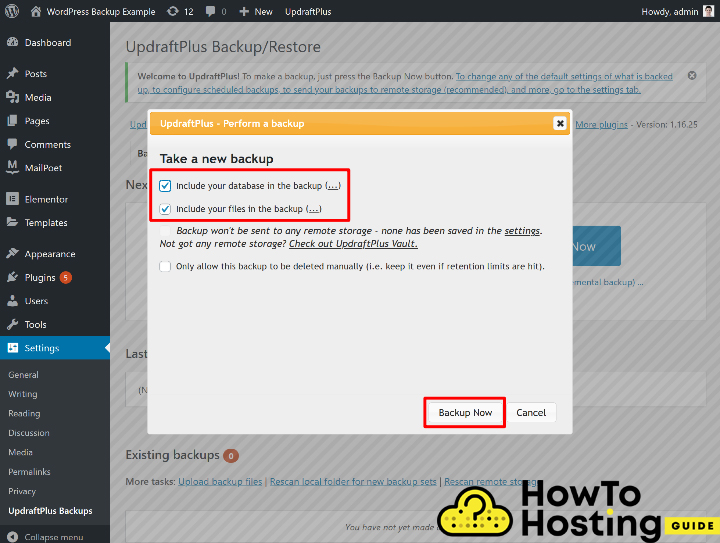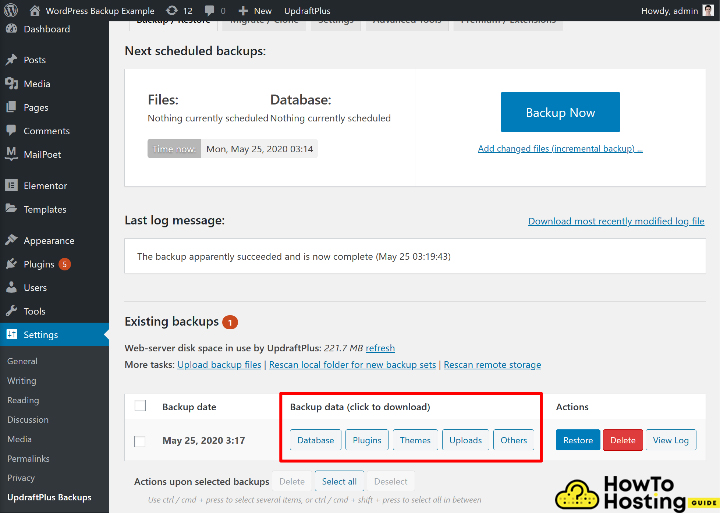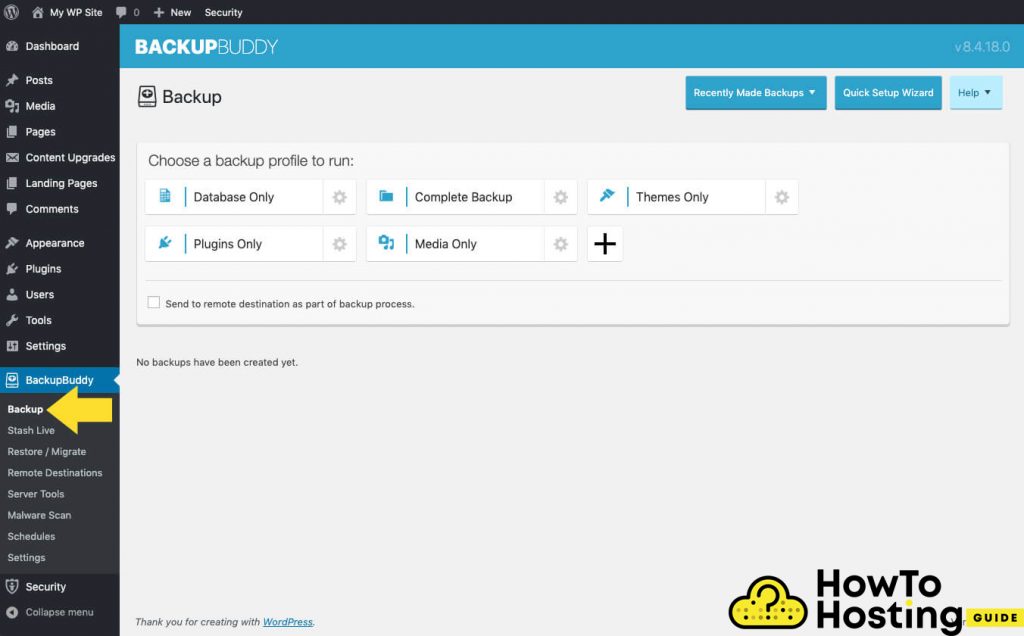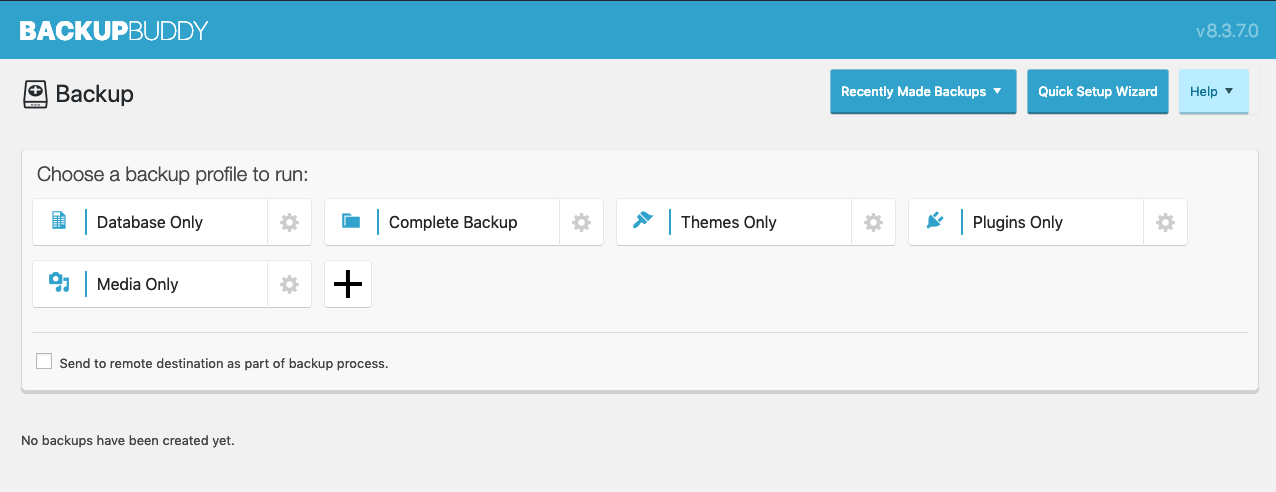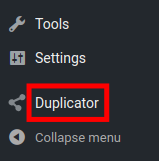On This Page: [hide]
You Can Also Read How Web Hosting Affects SEO
Why Do You Need a Backup?
Backing up your website is an essential thing that you should start doing from the beginning of any new project. It is important to always have a backup option because it can save you time and effort. There are lots of different ways that your website might get damaged for example viruses, hackers, incompatibilities and many more.
What Are the Types Of Website Backups
There are two main ways that you can do a website backup – the first is the manual way, where you should back up your WordPress files and your database straight from your hosting account panel, and later reuse them, and the second way is to use a backup plugin.
In the following article, we will review the easiest ways to backup your WordPress website with the most famous and reliable WordPress backup plugins.
UpdraftPlus
UpdraftPlus is the most popular WordPress backup plugin. It is claimed to be the most trusted plugin for backups and it is installed on over 1 million we
bsites. With its overall review rating of 4.8 out of 5, UpdraftPlus is a great backup choice, and last but not least it is free.
– How To Create a Backup With UpdraftPlus
Creating a backup with the UpdraftPlus plugin is very easy, you should install it first, and then activate it.
Then, go to your dashboard and click on Settings, then select UpdraftPlus Backups
And then click on the blue Backup Now button. This will open a popup, from which you can choose what kind of content you want to backup. You can choose either your site files or your database or both.
For the purpose of the tutorial, we will select both boxes and then click on the Backup Now button.
Then, the process will start and it will take some time depending on the total size of your website. Let it finish and then you will see your backup listed in the section called “Existing backups”.
If you want to have a full backup of your website, download all of the 5 pieces of data. If you want to backup something in particular for example your Plugins, Uploads, or Themes, you can select them from that menu.
– How To Save Backup On Remote Storage With UpdraftPlus?
The backup that we explained above is a good option if you want to back up your files in your computer, but in case you want to configure automatic backups on external storage services such as Dropbox, Amazon S3, Google Drive you can set a remote storage destination, by clicking on the Icon for the services that you want to make a connection with.
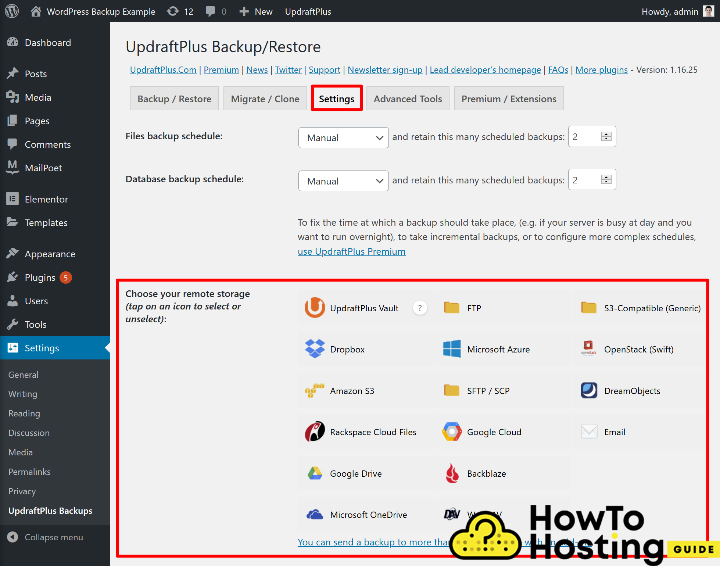
All you have to do is to click on the link and authorize your access to each service. Then you will see a Complete setup button that will finish the process.
How to Create a Backup With BackupBuddy?
Number two backup plugin on our list is BackupBuddy. It is a famous backup plugin, that allows you to create backups in a matter of seconds straight from your admin dashboard.
After installing and activating the plugin, go to BackupBuddy, then Backup.
On the next screen, you will see a UI, that is used for backup creation.
From that window, you can choose the type of backup that you want to perform.
There are several different backup types that you can choose from. They are called “Backup Profiles“. You can choose a:
– Database Only
The Database Only backup backs up your WordPress database, that includes the content of all pages, posts, comments, widgets, images, descriptions, and text. Have in mind that this backup does not back up the actual media files.
How to Create a Complete Backup?
The Complete Backup option allows you to backup all files in your WordPress directory and subdirectories, such as images, video files, plugins, etc. A complete backup includes everything regarding your website – files and database.
Other Backup Options
There are some cases that you might want to back up certain files, themes, or plugins. The BackupBuddy plugin gives you that opportunity. You can choose to backup only Themes, Plugins, Media files or also make a Custom selection for your backup if you want to perform an individual backup.
How To Create The Backup?
To create a backup, you should simply click on the backup type and select which one you want to run. You should wait for the plugin to complete the backup and notify you with a green checkmark. Then you can download your backup.
How to Send Backups Offsite?
With that plugin, you can send your backups to an offsite destination, such as:
and even local directory. Choose the most suitable destination for your needs and save your preferences.
How To Create Backup With Duplicator?
Duplicator is yet another WordPress backup plugin that has over 15 million downloads. It gives its users the ability to copy, migrate, clone, and also backup a website. Duplicator is a very powerful tool that does its job perfectly. To use it, you should first download and install and then you will see a “Duplicator menu” right in your Dashboard menu options.
You will see a Packages page, and a “Create New” button. Click on the button and then type a name for your WordPress Backup. After that, click on the Next button and wait for the scanning process to finish successfully. Once the scan is completed, then you can click on the Build button and you will be introduced with two download options – Installer and Archive. Download them to your hard drive and your backup is ready.
If you want to use your backup, you should type your sitename/installer.php in the URL address, for example, http://YourSite.Com/installer.php
Agree to the terms & notices and then choose Next, and you will see a confirmation message with a pop-up that wants you to “Run installer with the selected settings“. Click on the Yes button and then click next until the process is finished.
You will see a successful message on the last page, and your website will be restored from your previous backup. It is very a simple and fast process.
Final Thoughts
WordPress backup plugins are very handy tools that help its users to create fully-functional backups of their websites in a matter of minutes. There is not much of a difference between all of the plugins that we mentioned in this article, so it is up to you which one you want to choose.



